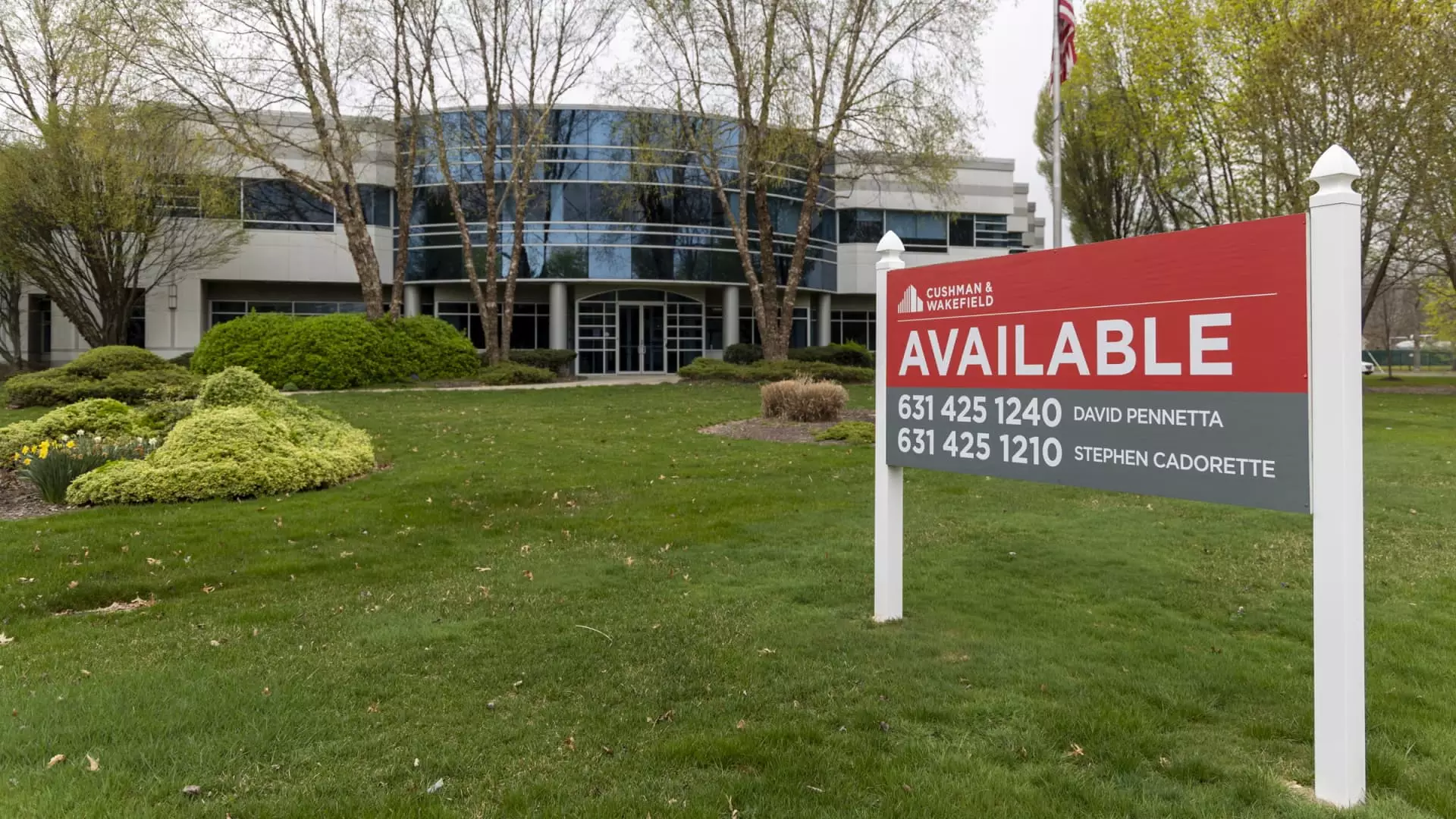In recent months, the commercial real estate (CRE) market has started to exhibit signs of revitalization following a prolonged period of stagnation. A pivotal factor in this apparent turnaround has been the Federal Reserve’s decision to lower interest rates for the first time since 2020. With the initial cut of 50 basis points in September signaling a potential shift in monetary policy, various sectors within CRE, particularly those sensitive to borrowing costs, may finally be poised for a much-anticipated rebound.
The reduction in interest rates plays a crucial role in the CRE landscape by making debt financing more accessible. For investors and developers, lower borrowing costs can rejuvenate deal activity that had previously stalled as uncertainty lingered amidst economic fluctuations. The CRE sector, having undergone significant struggles post-Covid, now appears to be benefiting from a conducive monetary environment. Analysts from Wells Fargo have pointed out that this policy change is “the most notable green shoot” for the CRE market, suggesting that as interest rates decline, a foundation for recovery is being laid.
Yet, while the lowering of rates is a significant shift, it is not an unequivocal remedy for all sectors within CRE. The primary impact is psychological; as market sentiment improves, more investors are likely to transition from a wait-and-see approach to active participation. Alan Todd of Bank of America emphasizes this psychological aspect, indicating that a stable environment owing to rate cuts could serve as a catalyst for increased market activity.
Emerging statistics underscore the burgeoning positivity in investment sentiment. The second quarter of 2024 recorded the first quarterly increase in transaction volumes since the onset of 2022, predominantly driven by activity within the multifamily sector. Despite experiencing a year-over-year decline, the total transaction volume exceeded $40 billion, reflecting a 13.9% quarter-over-quarter increase. This is indicative of a shift – as fear fades, buyers and sellers alike are beginning to engage, resulting in an uptick in both refinancing and overall deal flow.
However, while an uptick provides hope for a broader recovery within CRE, disparities continue to exist among various asset classes. Notably, the office sector confronts distinct challenges even as some subsectors exhibit robust recovery signs.
Despite slight improvements in office net absorption rates—indicating an increasing demand for occupied space—the overall landscape is still fraught with difficulties. A reported positive absorption of over 2 million square feet in a recent quarter may seem promising, but this was insufficient to counterbalance the sustained rise in vacancies, which have reached alarming levels. Major metropolitan areas, particularly Manhattan, continue to grapple with vacancies above pre-pandemic levels.
As a result, the office segment lags behind other segments in recovery. Factors such as the hybrid work model and limited job growth in office-intensive sectors perpetuate low demand and contribute to substantial vacancies. The proportion of people visiting office buildings remains below desired levels, emphasizing a slow return to pre-Covid norms.
Conversely, the multifamily sector is experiencing undeniable resilience amidst these economic fluxes. Increased demand for rental units has led to significant net absorption levels, which are at a three-year peak. Interestingly, this trend persists despite an ongoing surge in the construction of multifamily properties. The flexibility and affordability of rental options are increasingly drawing households away from the difficulties associated with home ownership—particularly in the face of soaring mortgage rates.
Affordability becomes a pivotal theme here; with mortgage payments significantly outpacing rental prices, prospective homeowners are often left with little choice but to consider apartments. Rent growth, although having decelerated since its pandemic highs, still presents stable conditions for renters, reflecting a more favorable balance between supply and demand in this sector.
Looking into the future, the trajectory of the CRE market seems laden with potential yet complicated by uncertainty. While a growing sentiment of stability and lower interest rates may bolster opportunities within the market, specific sectors, particularly office space, may face prolonged struggles. Meanwhile, multifamily housing segments are likely to maintain a steady demand trajectory, supported by environmental shifts regarding home ownership costs.
The commercial real estate market is on the brink of transformation. With favorable monetary policies propping up investor sentiment and promoting transaction activity, a window of opportunity exists for many asset classes. Nevertheless, stakeholders must navigate a complex landscape where challenges persist, and recovery may not be uniform across all sectors. As the market adapts, the dynamics between demand, supply, and borrowing costs will remain crucial in shaping CRE’s future.

